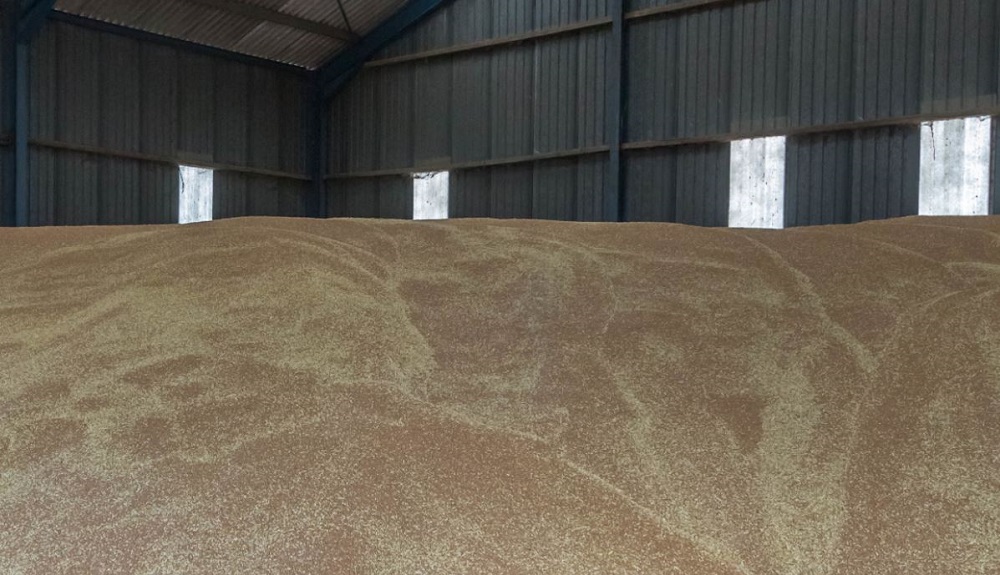- Home
- Knowledge library
- Management of grain store hazards: the seven principles of HACCP
Management of grain store hazards: the seven principles of HACCP
HACCP (Hazard Analysis and Critical Control Point) is a risk-based approach that identifies, evaluates and controls hazards significant for food and feed safety. Follow these seven principles to meet marketplace demands and expectations for safe food and feed.
Before you start – plan
HACCP requires thorough preparation – covering the team, the store, the product, the process and the market. Before you apply HACCP principles, follow the seven planning steps.
Management of grain storage hazards – the seven planning steps
Principle 1: Identify hazards and controls
List all hazards
List all the potential hazards that may reasonably be expected to occur at each process step. Use the information gathered in the planning phase (e.g. process/product flow diagram). Consider hazards that may be:
- Present in materials used at earlier steps (e.g. in crop production)
- Introduced from people, equipment or the environment
- Hazards that may change (e.g. increase)
Identification of the cause or source of the hazard will help to determine appropriate control measures.
Conduct a hazard analysis
For each hazard, conduct an analysis to determine which require elimination or reduction to acceptable levels. The significance of any hazard to the safety (or quality) of the final product will need to be assessed, particularly to determine the control measures needed.
Account for the risk associated with any hazard. This is based on the likelihood of the hazard causing an adverse effect and the likely severity of that effect, using experience and judgement.
Tools are available to help document, quantify and rank risk, including 'scoring systems' and 'logic tables' (Campden BRI Guideline 42). In the scoring-system approach, scores are assigned for the severity and the likelihood for every hazard; the scores are multiplied together to denote the significance of the hazard. It is critical that the meaning of the scores is clearly defined.
Identify control measures
For each hazard, consider what control measures to apply. Control measures are actions or activities required to prevent hazards, eliminate hazards or reduce their occurrence to an acceptable level.
Principle 2: Determine critical control points (CCPs)
Critical control points (CCPs) are the process steps where control is necessary to prevent or eliminate a hazard or reduce it to an acceptable level. Identification of CCPs is a logical approach and requires professional judgement.
Principle 3: Set critical limits
For each CCP, identify the critical limit(s) for the control measure(s) – the value(s) which separates acceptability from unacceptability (e.g. safe from potentially unsafe). As a value, it must be quantifiable (measurable or observable). Ideally, it should be easy to assess quickly.
For practical purposes, a target level may be specified. This is a pre-determined operational value for the control measure that is more stringent than the critical limit. The difference between the two is the tolerance.
Principle 4: Establish a monitoring system
Monitor CCPs against the set limits. Monitoring is a planned sequence of measurement or observations of CCP control measures. Monitoring must detect any loss of control, so corrective action can be taken to regain control. Preferably, it should address four issues:
- The measurement or observation being monitored and how it is being recorded
- The frequency of the measurement or observation is being undertaken
- Who has responsibility for monitoring
- The records required
Principle 5: Have a corrective action plan
Specify the actions required when monitoring shows a failure to meet the critical limit (at a CCP) or, preferably, a potential loss of control.
Corrective actions should be timely, practical, and achievable. They should aim to bring the production process back under control and deal with any potentially non-conforming product.
Following any loss of control, a thorough review should identify how to prevent the issue from reoccurring.
Example preventative, monitoring and corrective actions are available on the following pages:
Principle 6: Follow validation, verification and review procedures
Validation
Validation aims to show that a HACCP plan is accurate and that a safe product can be produced. In a grain storage operation, validation often relies heavily on the knowledge and experience of the HACCP team. Make sure the person responsible for food safety management at the business formally signs-off the HACCP plan.
Verification
It is important to demonstrate compliance with the HACCP plan and to determine its effectiveness. Verification activities include internal or external auditing systems, product examinations/testing (by the business or customer), and analysis of customer satisfaction.
Review
To keep it up to date and relevant, perform a scheduled formal review of the HACCP system. Typically, for a grain storage HACCP, this review will occur annually – e.g. prior to handling the new-season crop.
Principle 7: Maintain documents and records
It is important to demonstrate the correct application of HACCP principles. To do this, maintain appropriate documents and records, such as:
- Documentation of the system (e.g. the HACCP plan)
- Supporting information (e.g. associated procedures)
- Operational control records (e.g. staff training, pesticide application and pest control records)
- Monitoring records (potentially many)
- Corrective actions taken
- Data from verification, validation and review activities
Methods vary greatly – from electronic recording systems to a simple daily diary – and depend on the nature and size of the grain store operation.
For small businesses, in particular, it may not be necessary to record the results of all checks, only that they have been completed. However, records of anything different or concerning (including the reason for any remedial action taken) should be made.
 Tim Scrivener
Tim Scrivener
Topics:
Sectors:
Tags:

